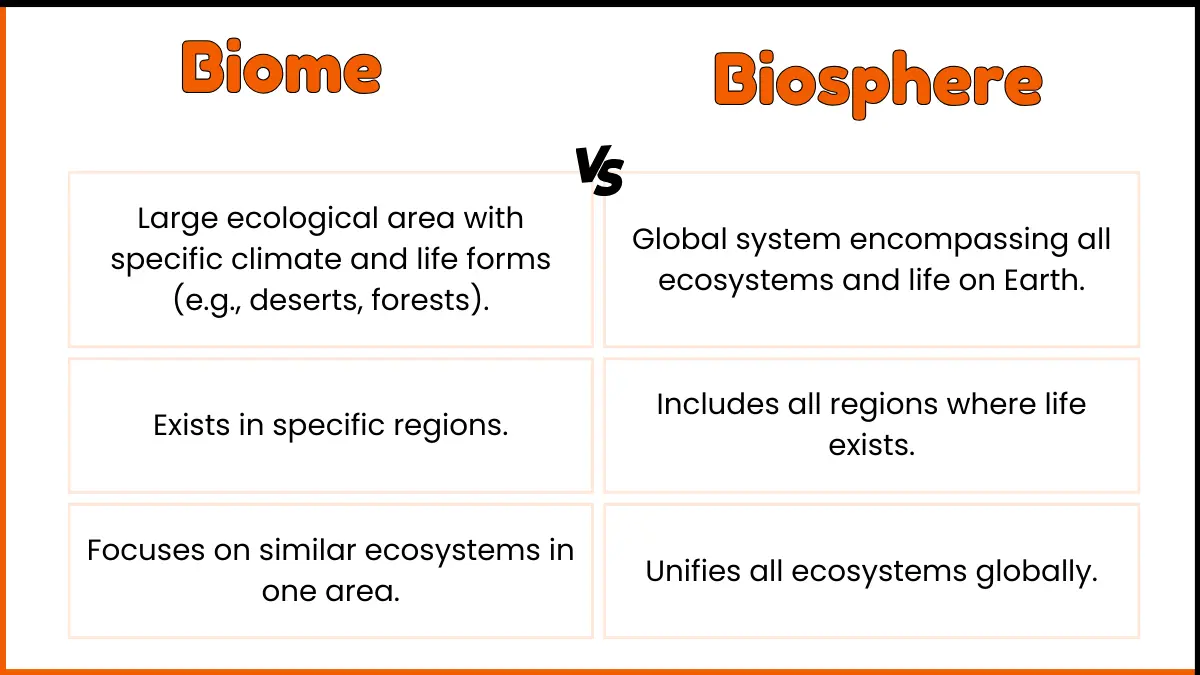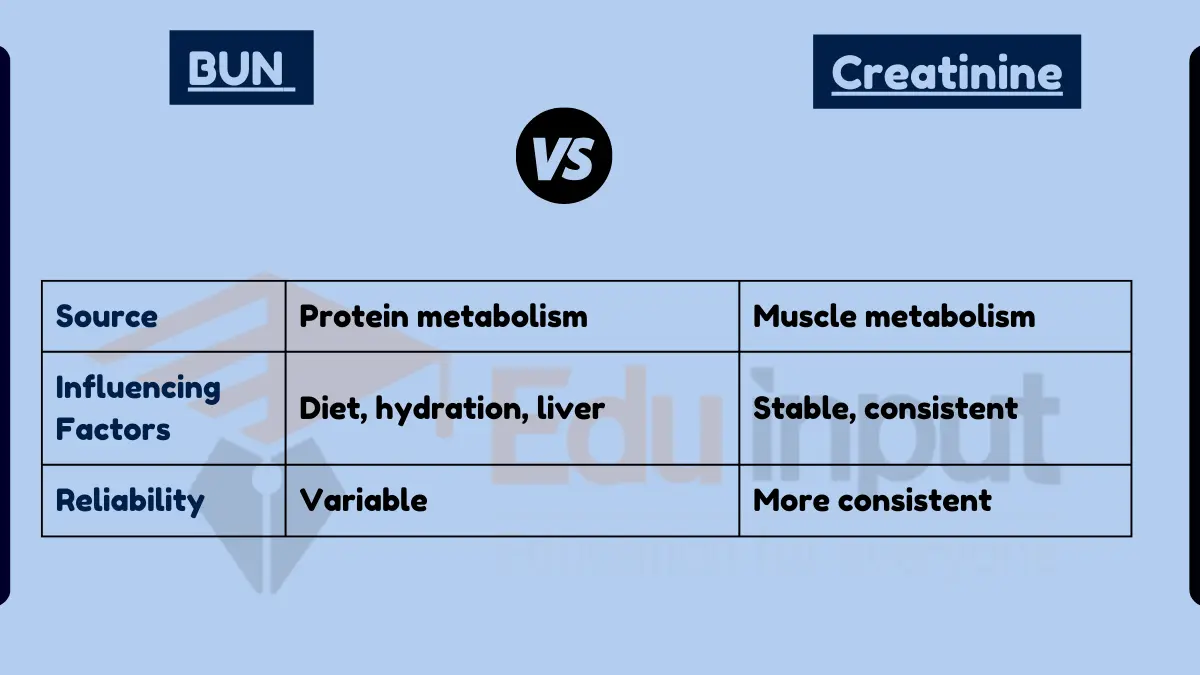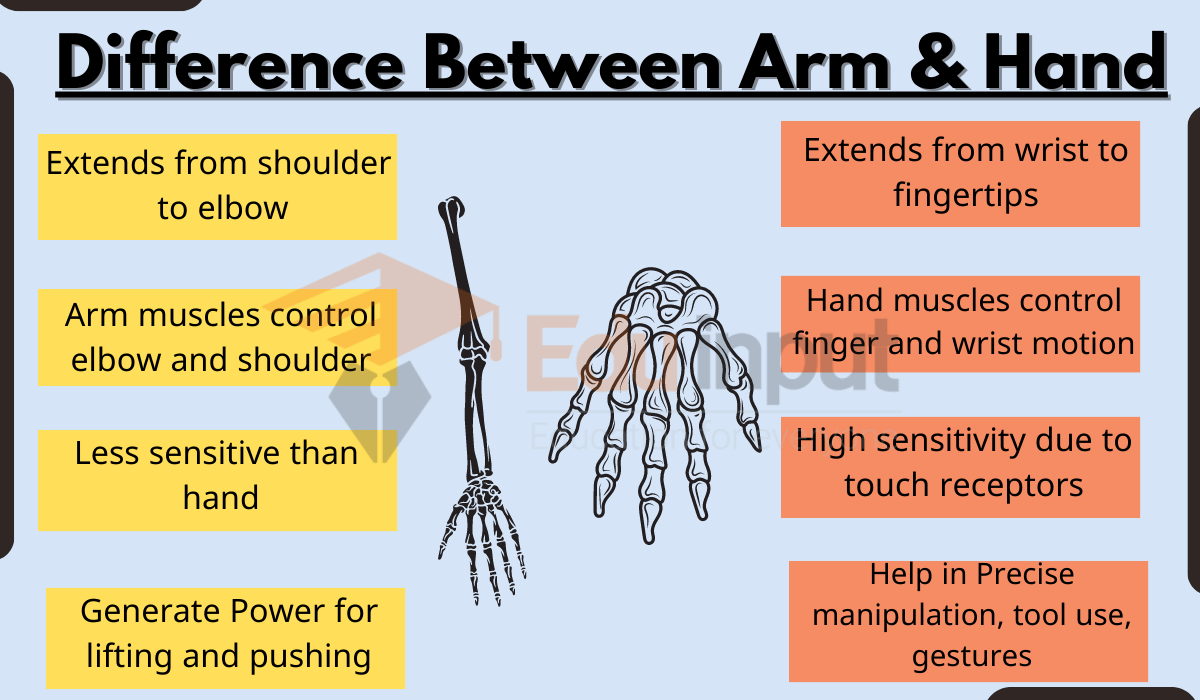Difference Between Polio and Paralysis
Key Difference: Polio and paralysis are medical conditions that affect the muscles and nerves, but they differ significantly in their causes, nature, and impact on the body. Polio, or poliomyelitis, is a specific infectious disease caused by the poliovirus. It primarily affects children and can lead to muscle weakness and acute flaccid paralysis. The paralysis in polio is typically asymmetrical and affects the limbs. Paralysis, on the other hand, is a broader term that refers to the loss of muscle function in part of your body. It can be caused by various factors, including injuries, nerve diseases, stroke, or other medical conditions, and can vary in severity and the area of the body affected.
Comparative Analysis:
- Cause:
- Polio: Caused by the poliovirus.
- Paralysis: Caused by a range of factors, including injury, stroke, or nerve diseases.
- Nature:
- Polio: Infectious disease.
- Paralysis: Symptom or consequence of another condition.
- Symptoms:
- Polio: Fever, sore throat, muscle weakness, and paralysis.
- Paralysis: Loss of muscle function, potentially accompanied by numbness or loss of sensation.
- Affected Areas:
- Polio: Often affects the legs, asymmetrical.
- Paralysis: Can affect any part of the body, including the face, arms, or legs.
- Treatment and Prognosis:
- Polio: No cure, but preventable by vaccination; rehabilitation can help recover some muscle function.
- Paralysis: Treatment depends on the cause; may include physical therapy, medication, surgery.
Table Summary of Polio vs Paralysis
| Feature | Polio | Paralysis |
|---|---|---|
| Cause | Poliovirus | Various (injury, disease, stroke) |
| Nature | Infectious disease | Symptom of underlying condition |
| Symptoms | Muscle weakness, paralysis, fever | Loss of muscle function, numbness |
| Affected Areas | Often legs, asymmetrical | Any body part |
| Treatment | Vaccination, rehabilitation | Depends on cause, varies |







Leave a Reply